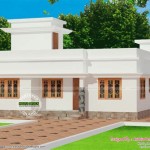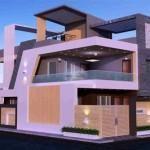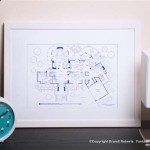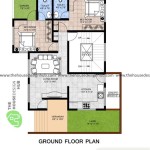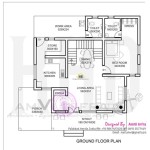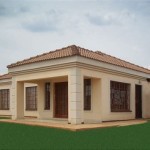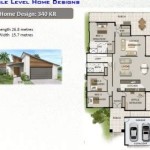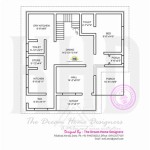Frame House Plans: Essential Aspects to Consider
Frame houses, characterized by their sturdy wooden framework, have become increasingly popular for their versatility, affordability, and energy efficiency. When designing or selecting frame house plans, there are several crucial aspects to consider to ensure a successful and satisfactory building project.
Structural Considerations
The structural integrity of a frame house is paramount. The foundation, framing lumber, and roof system must be designed to withstand the loads and forces imposed by occupants, weather conditions, and building codes. Consult with a qualified structural engineer to determine the appropriate foundation type (e.g., basement, crawl space, slab) and framing materials (e.g., 2x4s, 2x6s) for your specific location and building size.
Energy Efficiency
Energy-efficient frame house plans can significantly reduce operating costs and promote environmental sustainability. Consider factors such as insulation levels (in walls, ceilings, and floors), window and door performance (e.g., double-paned, energy-star rated), and air sealing techniques (e.g., caulk, weatherstripping) to minimize energy loss.
Layout and Design
The layout and design of a frame house plan should meet the specific needs and preferences of the occupants. Consider the flow of traffic, room sizes and shapes, natural lighting, and views to create a functional and comfortable living space. Open floor plans, for example, can promote spaciousness and flexibility, while traditional layouts provide more separation and privacy between rooms.
Exterior Finishes
Exterior finishes play a significant role in the curb appeal and durability of a frame house. Choose materials such as siding (e.g., vinyl, wood) and roofing (e.g., asphalt shingles, metal) that are suitable for the local climate and complement the architectural style of the house. Consider the maintenance requirements and longevity of each option before making a decision.
Sustainability
Incorporating sustainable features into frame house plans can enhance the environmental performance and reduce the carbon footprint of the building. Use sustainable building materials (e.g., recycled content, low-VOC paints), opt for energy-efficient appliances and lighting, and consider passive design techniques (e.g., solar orientation, natural ventilation) to minimize energy consumption and create a healthy indoor environment.
Cost Considerations
The cost of building a frame house varies depending on factors such as the size, complexity, and location of the project. It is crucial to establish a realistic budget and work with an experienced contractor to estimate construction costs accurately. Consider material costs, labor expenses, and permitting fees to avoid unexpected expenses during the construction process.
Professional Services
Engaging with experienced professionals is highly recommended for successful frame house plan design and construction. An architect can help create customized plans that meet your specific needs, while a structural engineer ensures the structural integrity of the building. A contractor oversees the construction process and ensures adherence to building codes and regulations.

A Frame House Plans Free Cabin Floor

A Frame Cottage Plans For Guest House Temp Cabin Plan

A Frame House Plans Everything You Need To Know Field Mag

A Frame House Plans We Adore Houseplans Blog Com

A Frame House Plans Everything You Need To Know Field Mag

A Frame House Plan With Deck

A Frame Floor Plan 1 Bedrm Bath 908 Sq Ft 146 1841

Unique Small House Plans A Frames Cabins Sheds Plan With Loft

Amazing A Frame House Plans Houseplans Blog Com

24 36 A Frame House Plan Timber Hq

